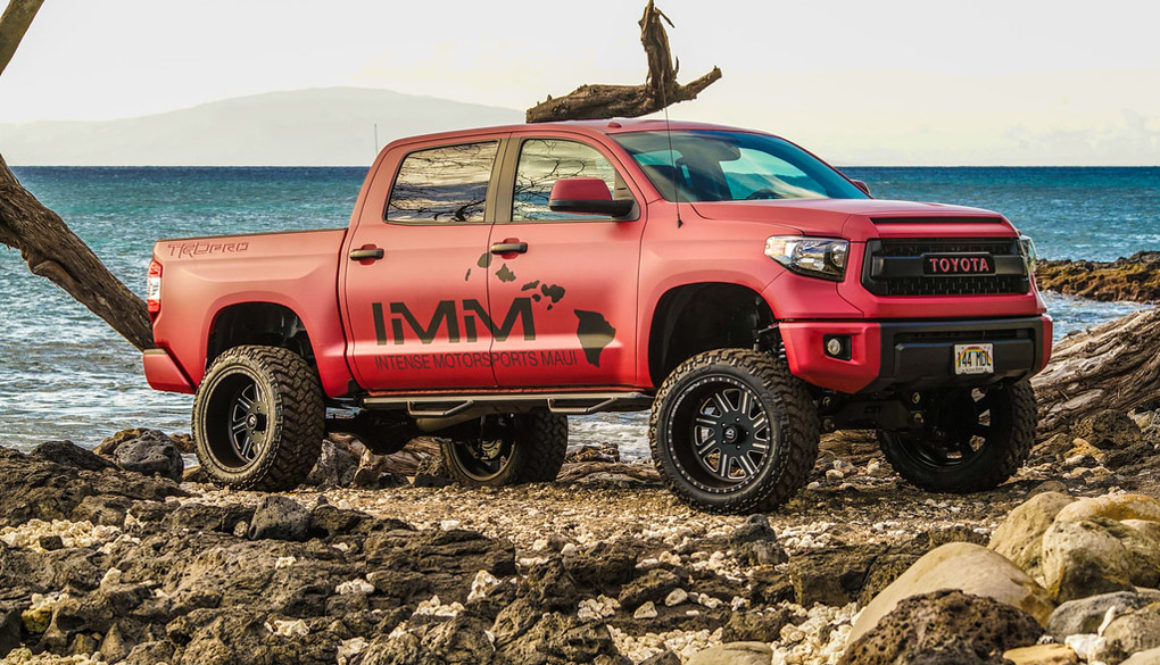Tips on Tinting Windows
So you just picked up a new ride. You’re driving around town and you feel like you’re in a mobile fishbowl. It might be time to tint your windows.
Why Would You Tint Your Windows?
One advantage I touched on with the fishbowl reference is privacy. When driving along with tinted windows, it is more difficult for others to look into your vehicle, which makes driving your car more enjoyable because you have a sense of anonymity. This privacy also extends to your belongings. When parked in a parking lot, it’s harder for thieves to see any valuables sitting on your seat or in your trunk if you have dark windows. Another benefit of window tinting is safety. When the sun is bright and low, it will eventually be difficult seeing others on the road. Tinted windows cool your eyes, thus keeping you safe by minimizing eye strain on longer drives.
Speaking of cooling, tinted windows also lowers the inner temperature of your car. This UV filtering effect helps to keep the interior temperature lower compared to a vehicle without tinting. Another benefit of blocking out UV rays is that it protects your seats, dashboard, and other parts of your interior from cracking or premature fading. This benefit helps keep your car looking fresh and new for years to come.
Limitations of Window Tinting
The primary disadvantage of window tinting would be the limitation of vision at night or in tunnels. At night it’s already difficult to see other cars without tinting. Driving in reverse can be exceptionally difficult in the dark. It may be difficult to make out any potential hazards or objects when your rear-windshield is heavily tinted.
How to measure tint darkness?
The darkness of a tint is measured by the amount of visible light that is allowed to pass through the combination of the tint and the window. In Hawaii, the legal darkness limit for front windows are 35%. This means that your window must allow 35% light to pass through. Always follow individual state guidelines but if you choose to go darker, be sure to choose a tint that allows you to safely operate your car at night.
*Disclaimer: Each state has their own safety guidelines that they set which dictate the allowable levels darkness of tint. Be sure to consult your local installers or agencies ensure your vehicle abides by state laws.
